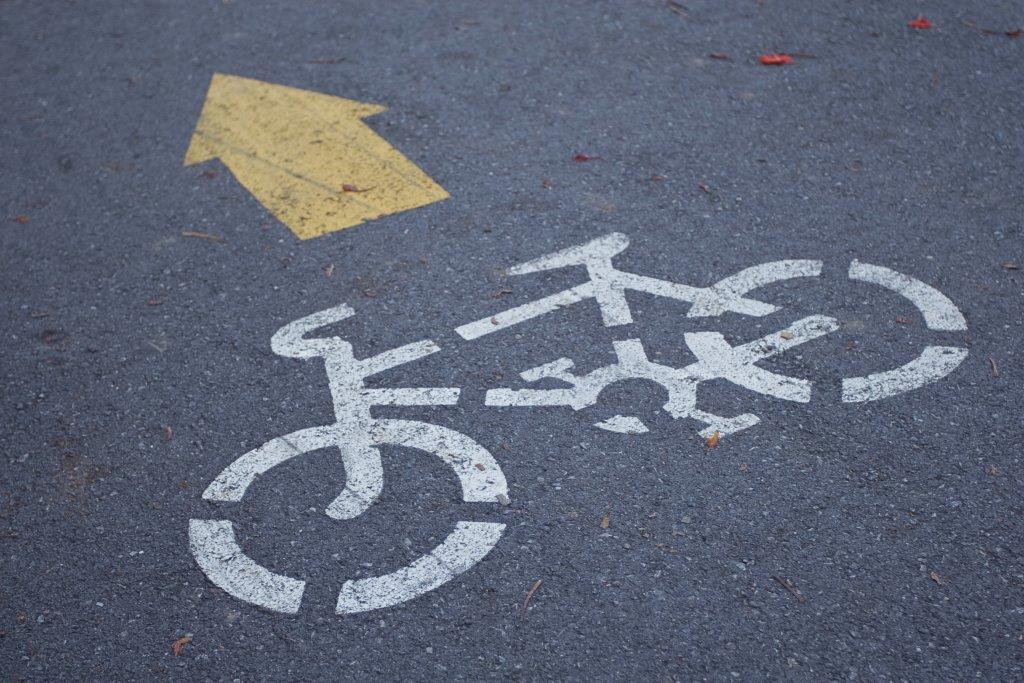
Study: Children’s opportunities of outdoor active behaviour and safety perception of the neighbourhood
Thank you to Roula Zougheibe, PhD Candidate at Curtin University, Australia, for providing this post.
Active children and neighbourhood safety
Children build up their recommended daily physical activity through organised sport, playing, walking, cycling and/or scootering to local destinations in their community. Our study “Is there a correlation between children’s outdoor active mobility behaviour and neighbourhood safety? A systematic review of the evidence” published in BMJ Open, aimed to understand the relationship between children’s outdoor active mobility behaviour and safety levels of the neighbourhood they live in. To accomplish this, we reviewed 29 studies worldwide that explored all forms of children’s active mobility in relation to safety. We compiled the evidence and outlined suggestions that may contribute to children and their parents embracing active culture.
What did we find?
Every child has the right to feel safe and be physically active. However, our study found that primary school-aged children in neighbourhoods considered unsafe have fewer opportunities to be active outdoors than children living in safer areas.
Across all studies, parents’ concerns about personal safety and road danger correlated with lower daily outdoor active behaviour for their children. Living in areas where parents feel unsafe was linked with a reduced amount of children playing, exercising or being physically active. This relation varied by child’s gender as young females were generally less active in neighbourhoods considered unsafe. It also differed by age; older primary school-aged children had a larger area of active travel and play than younger children.
Understanding children’s own safety concerns were not addressed as much as those held by their parents. Yet, available studies showed personal safety, including “stranger danger” and road safety concerns among children, were always linked to lower activity levels.
We also found that having a family car and the perception of destinations being far away reduced the likelihood of children walking or cycling to destinations, including schools. However, a few studies examining the influence of neighbourhood type found that children who lived in a mix of residential and commercial neighbourhoods made more active trips than those in agricultural or industrial neighbourhoods. Furthermore, clever design of urban areas and roads was shown to reverse the long-distance effect and offer children the chance to actively travel further.
Importance
Our study shows that current urban planning and road designs do not provide a sufficiently safe environment for children to play and travel outdoors. Improving personal safety may increase children’s active travel whereas reducing road danger may encourage a variety of active behaviour including cycling, scootering, walking and outdoor play.
Thus, collaboration at all levels, including with children, families, schools, communities, city planners and policymakers, may offer better play and safer travel opportunities. For example, children should be involved in the planning and design of their neighbourhood’s play spaces.
Designing child-friendly cities and play spaces by listening to children’s safety concerns and offering parental education programs to promote independent outdoor play and active travel is central to getting children active and into play.
Further details of the research can be found here.
Roula Zougheibe is a PhD Candidate within the School of Earth and Planetary Sciences at Curtin University in Western Australia. She holds an MSc in Geoinformation Systems from ITC Institution and Wageningen Agricultural University in the Netherlands and a BSc in Geography from Damascus University in Syria.

